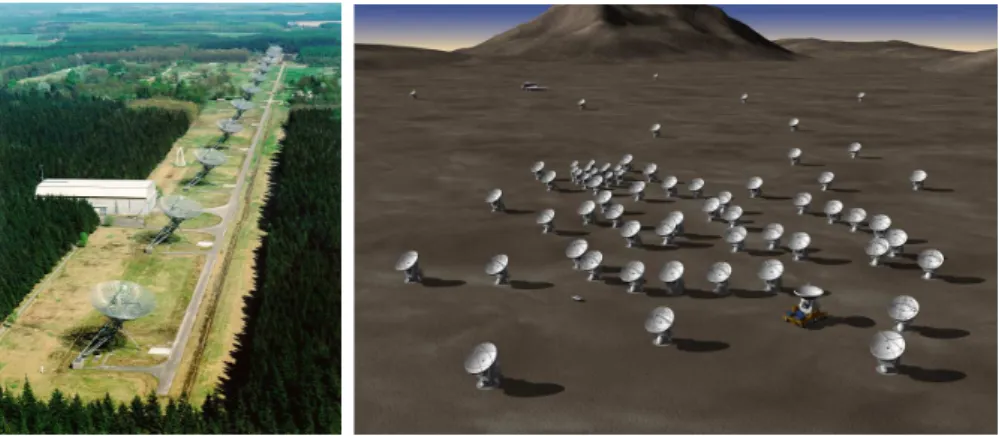Exercises belonging to lecture Observational Astronomy MKEP5 (SS 2011)
Volltext
Abbildung

ÄHNLICHE DOKUMENTE
Large ranges of z can add to the already computational expensive pipeline, as it requires a number of operations that increase quickly with the number of acceleration
Ruotare e premere la manopola di navigazione o utilizzare SELECT sul telecomando per scegliere Menu principale > Impostazioni di sistema
Ziel dieses Fachs ist die Dars tellun g der Phys ik, auf der die wichtigsten Komponenten des Systems Erde (feste Erde, Ozeane, Atmosphäre) basieren, sowie dt!r flir
d'outre-Jura - mais surtout la Ire - rivalisent pour nous faire gagner les plaines de l'Eldorado ou les rives du Pactole et ceci par des concours dont la niaiserie le dispute à
Dans un tout autre domaine - vraiment à l'opposé - pour les petits, la très sympathique série « Babibouchettes » que nous sommes les premiers à suivre avec nos petits enfants qui
Zum Vergleich: Der „Fonds zur Förderung des Nichtkommerziellen Rundfunks“ (NKRF) sieht eine - auch beihilfenrechtlich legitime und über mehr als 10 Jahre auch völlig
Anwendungsgebiete: Pilzerkrankungen (Mykosen) der Haut, verursacht durch Dermatophyten, Hefen, Schimmelpilze und andere Pilze wie Malassezia furfur, sowie Infektionen
The SDR platform approach presented here outlines a novel device selection process to ensure a reliable use under the extreme environmental conditions in space, including